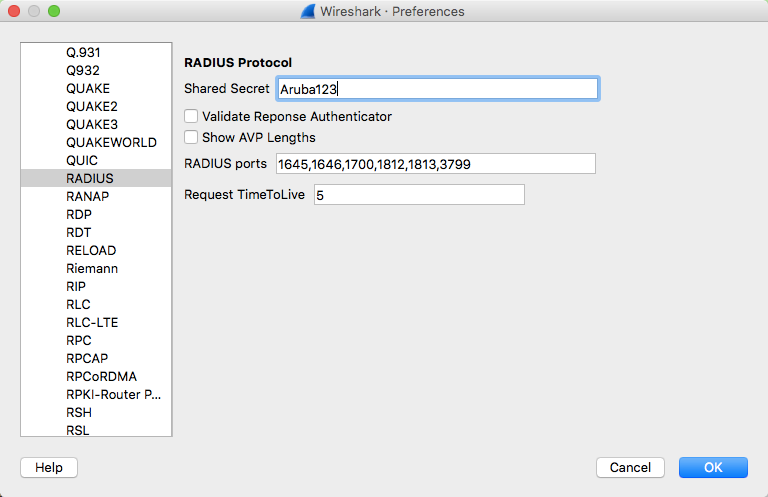
The command pure-pw mkdb creates the file mentioned earlier called /etc/pureftpd.pdb, which houses all information related to your virtual users. The virtual user can now access everything in /srv/ftp.

You can use mount -bind source target as a workaround.īefore this account is usable, we need to commit our changes:

Note: Symlinks outside of the chrooted directory do not work since the package is not compiled with -with-virtualchroot. In the event that that's undesirable, replace -d with -D. By default, the user is chrooted to /srv/ftp. This creates the user someuser which runs as the FTP system user. # pure-pw useradd someuser -u ftp -d /srv/ftp To create, view, or modify the /etc/pureftpd.passwd file, we use the pure-pw command. To add users to the PureDB we need to create a /etc/passwd-like file which is then used to create the PureDB. Now only authenticated users can connect. # We use PureDB as backend and specify its path. etc/pure-ftpd/nf # We disable the anonymous account. See backends.įor simplicity and demonstration purposes, the PureDB backend will be used.

The available users need to be provided by one ore more backends. With Pure-FTPd, it is possible to use virtual users instead of real system users. It then starts Pure-FTPd with the corresponding arguments. There is a wrapper script, which reads /etc/pure-ftpd/nf. Pure-FTPd configuration is completely done with its startup arguments. Pure-ftpd AUR can be installed from the Arch User Repository. Pure-FTPd is an FTP server designed with security in mind.


 0 kommentar(er)
0 kommentar(er)
